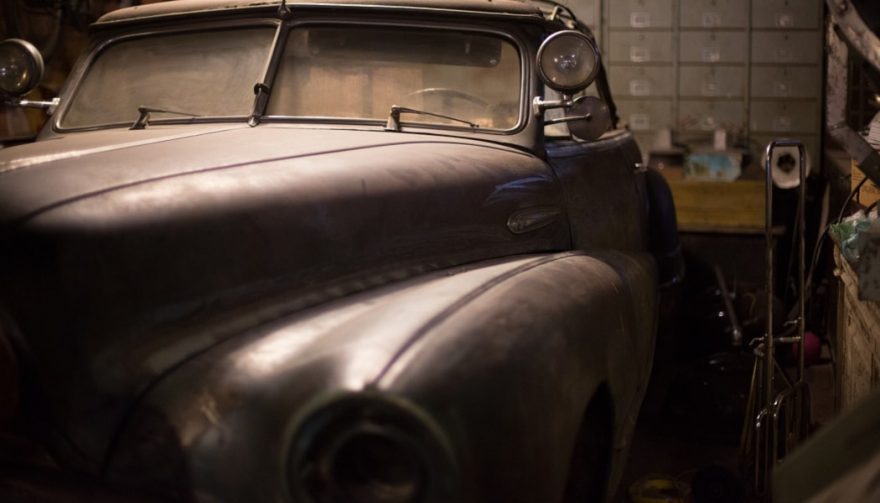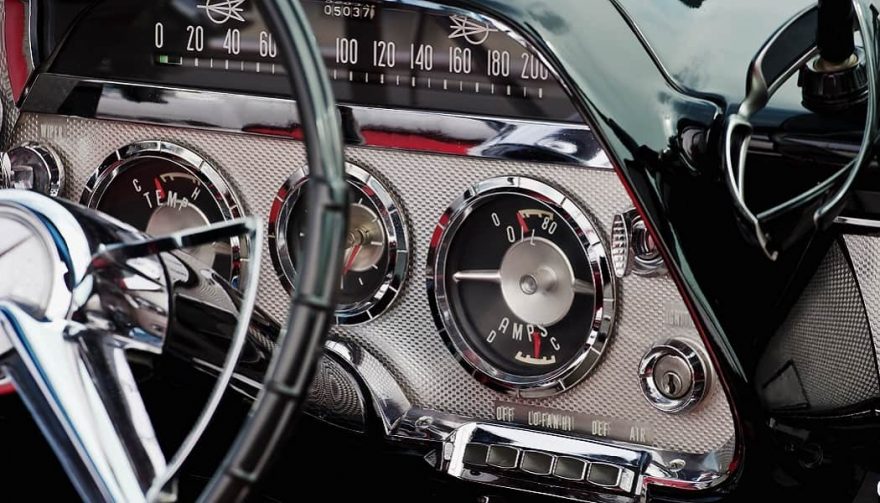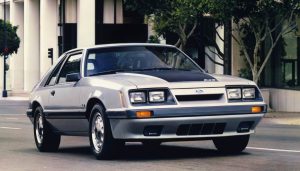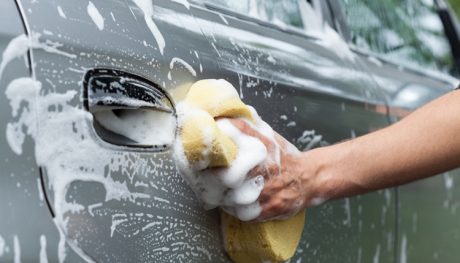12. Apply the Perfect Finish
How nice do you want your classic car restoration to look? What’s it worth to you? A paint job will eat up a big chunk of your budget, especially if you want show quality paint. $5,000 and up isn’t out of the question for a good paint job, unless you want to settle for a cheap Maaco job.
You have a few options. You can pony up the cash for a high-quality paint job. That’s the best choice. You can find a middle-of-the-road painter and save some cash. You can buy the painting supplies and do it yourself for thousands less.
There’s a certain pride in painting your classic car restoration yourself, but don’t do it unless you’re prepared for the mess, and to fix your own mistakes. If you decide to paint your car yourself, do it right. Use a completely spotless workspace free of dust, make sure it’s well ventilated, and hang plastic to keep your ‘booth’ clean. And use high-quality paint.
Another option you might want to consider is a vinyl wrap. Easily applied, can change color much easier, and can be removed if it gets scratched or you want another change.
13. And Back Together Again
You’re all painted? Good! You’re just a couple steps away from driving your car. It’s the point where you get to assemble everything for the last time.
Permanently fasten the body onto the frame. Use seam sealer for a professional result with less vibration and better adhesion. Lock nuts wherever possible, corrosion-resistant bolts, etc. Use new fasteners wherever you can for the best finished appearance.
Put the electrical back in, along with the interior. Get it to the point where you think you’re almost ready to fire it up. Then, you’ll debug.
14. Final Assembly
It looks like a car, but don’t get too excited yet. It could still be a bit before you can drive. Once you’ve hooked up a battery, you can turn the ignition on (but don’t start it) and check that everything powers up. Don’t be surprised if something isn’t working – that’s what this step is all about. Repair any connections or electrical systems that aren’t working.
Then, fire it up. Adjust your idle, your air-fuel mixture, and your timing. Then make sure your mechanical systems all work. Your brakes need to be adjusted, your steering and wheel alignment corrected – all the problems you don’t want to discover on the road.
View on One Page







